This review is taken from PN Review 147, Volume 29 Number 1, September - October 2002.
on Norm Sibum
Norm Sibum, Girls and Handsome Dogs (The Porcupine's Quill) $
The Muse is increased also by true interpretation
Pindar, Pythia 4
Every once in a while a book of poetry appears that immediately strikes us as remarkable and yet, at least on first perusal, resists our efforts to understand why we like it as much as we do. Such is the case with Norm Sibum's most recent collection, the piquantly titled Girls and Handsome Dogs.
Sibum is one of those poets whose merit eclipses his celebrity and a likely reason for this may be that his work is neither facile in the writing nor easy in the reading. To be sure, there is a degree of surface accessibility in the narrative flow it affects but this is only apparent or deceptive. The poems are constructed as long meandering stories invoking a cast of reflective personae, a peripatetic setting and heaps of cryptic detail, all of which defy ready elucidation. The effect is puzzling because everything seems to fit into its alloted place despite the attendant difficulty of construal.
The method is Pindar's, who is perhaps Sibum's most significant precursor and model. In a standard Pindaric ode, always bewildering at first reading, images and digressions seem unrelated to the subject of the poem or to one another, resembling rather a miscellaneous aggregate of episodes and allusions. The system of aesthetic selection which governs their choice is scarcely detectable. And yet each poem is governed by a symbolic correlative which dictates both the ...
The page you have requested is restricted to subscribers only. Please enter your username and password and click on 'Continue':
If you have forgotten your username and password, please enter the email address you used when you joined. Your login details will then be emailed to the address specified.
If you are not a subscriber and would like to enjoy the 292 issues containing over 11,700 poems, articles, reports, interviews and reviews,
why not subscribe to the website today?
